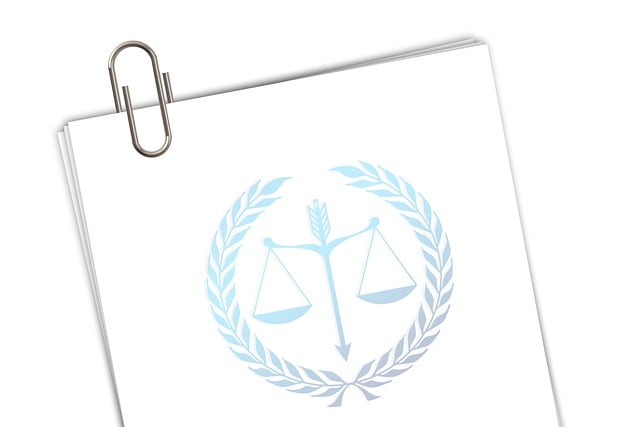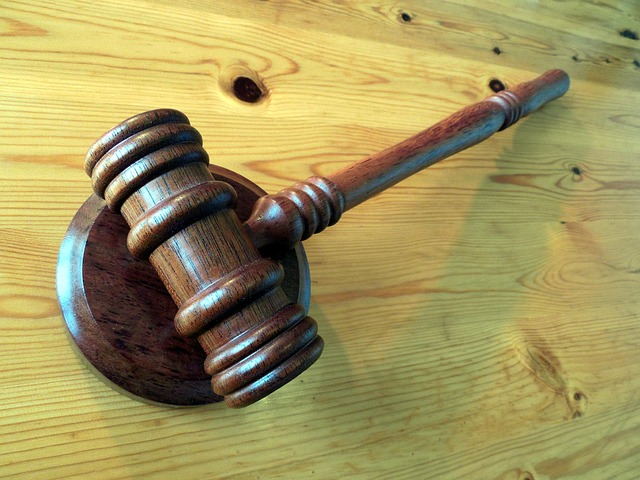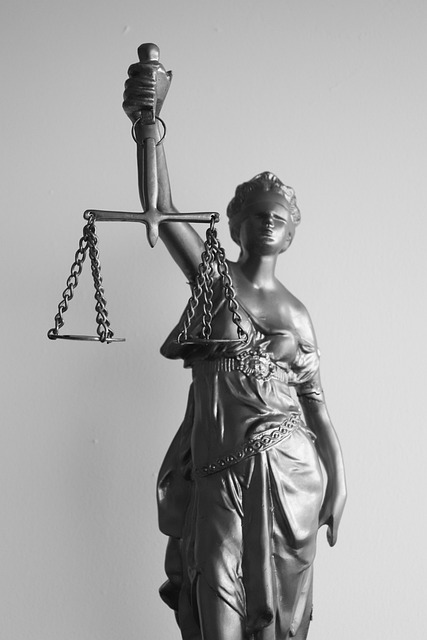Mastering Miranda Rights in criminal law is vital for fair trials, protecting defendants from self-incrimination and preserving justice system integrity. Originating from the Miranda v. Arizona case, these rights ensure due process, with accurate navigation crucial in complex cases like white-collar crime to avoid inadmissible evidence impacting trial outcomes. In high-profile cases, Miranda Rights serve as a cornerstone for balanced jury decisions reflecting societal shifts in criminal law.
In the realm of criminal law enforcement, ensuring fair trials is paramount. Understanding Miranda rights—a cornerstone of American legal system—is crucial for both officers and suspects alike. This article delves into the fundamentals of Miranda warnings, exploring their history and evolution, as well as practical applications in modern criminal proceedings. By understanding when and how to invoke these rights, we can preserve the integrity of our justice system.
- Understanding Miranda Rights: A Foundation for Fair Trials
- The History and Evolution of Miranda Warnings
- When and How to Invoke Miranda Rights in Practice
Understanding Miranda Rights: A Foundation for Fair Trials

In criminal law enforcement, understanding Miranda rights is paramount as it forms the foundation for ensuring fair trials. The Miranda warning, a crucial aspect of criminal procedure, informs an individual of their constitutional rights during custodial interrogation. This includes the right to remain silent, the right to an attorney, and the consequence of waiving these rights. Knowing and adhering to Miranda rights is essential to protect defendants from self-incrimination and preserve the integrity of the justice system, especially in high-stakes cases involving white-collar and economic crimes where an unprecedented track record of success is often sought.
Law enforcement agencies and prosecutors must be adept at navigating these rights to ensure a balanced and just process. Missteps can lead to evidence being deemed inadmissible, potentially altering the outcome of trials. Therefore, a comprehensive understanding of Miranda rights is not just about following legal protocols but also upholding the principles of fairness and justice in criminal proceedings.
The History and Evolution of Miranda Warnings

The history of Miranda warnings dates back to a landmark Supreme Court case in 1966, Miranda v. Arizona. This ruling established that suspects must be informed of their constitutional rights during interrogation, ensuring due process and protecting individuals from self-incrimination. The evolution of these rights has been shaped by numerous legal precedents, reflecting society’s changing views on criminal justice.
Over time, the Miranda Rights in criminal proceedings have become a cornerstone of fair trials, especially in high-stakes cases. The warnings have an unprecedented track record of ensuring suspects’ rights and providing safeguards during interrogation, which is crucial for maintaining the integrity of jury trials. This development underscores the legal system’s commitment to balancing public safety with individual liberties.
When and How to Invoke Miranda Rights in Practice

In practice, invoking Miranda Rights is a crucial step in ensuring due process during criminal investigations and interrogations. According to the U.S. Supreme Court ruling in Miranda v. Arizona, suspects must be informed of their right to remain silent, their right to consult with an attorney before questioning begins, and their right to have an attorney present during interrogation. This becomes pertinent when law enforcement officials commence a custodial interrogation, typically in police stations or other detaining facilities. The precise moment to invoke Miranda Rights is when a suspect is taken into custody and made aware that they are no longer free to leave.
The process involves clearly articulating each right to the suspect, ensuring their comprehension. In high-stakes cases where the evidence may heavily rely on interrogation statements, a general criminal defense strategy should encompass the meticulous invocation of Miranda Rights. This becomes even more critical in jury trials, where the credibility of law enforcement officers and the admissibility of confession evidence can significantly sway the outcome. Invoking these rights promptly and accurately is paramount to safeguard an individual’s constitutional rights throughout the criminal justice process.
In conclusion, understanding and applying Miranda rights is a cornerstone of ensuring fair criminal proceedings. The history and evolution of these warnings reflect society’s ongoing commitment to protecting individual liberties. By knowing when and how to invoke these rights, law enforcement can maintain integrity in the justice system while safeguarding the constitutional protections that underpin our legal framework.






